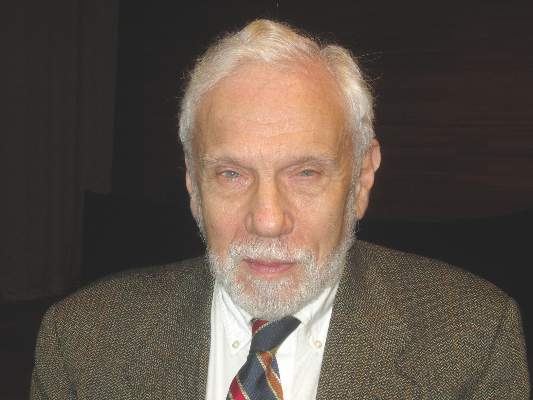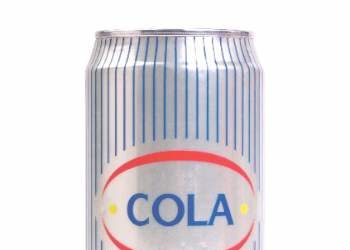EXPERT ANALYSIS FROM The WORLD DIABETES CONGRESS
vancouver (FRONTLINE MEDICAL NEWS) – The new, longer-acting injectable basal insulins Tresiba (insulin degludec) and Toujeo (insulin glargine U300 [300 units/mL]) will probably be most helpful for slender patients with low insulin requirements, according to Dr. Matthew C. Riddle, Jr., professor of medicine at the Oregon Health & Science University in Portland.
Longer durations of action – over 24 hours for both agents – mean lower doses of insulin and less peak and trough variation, both of which reduce the risk of hypoglycemia. Since lighter patients with low insulin requirements are most at risk for hypoglycemia, Dr. Riddle expects them to benefit most from degludec and glargine U300.
“My prediction is when daily insulin requirements are under about 25 units, there will be a clinically demonstrable difference in hypoglycemia. I think low-dose requiring slender patients” – most people with type 1 diabetes, and even some with type 2 – “should get the most benefit, but we don’t have direct proof of that yet. My guess is that maybe 25% of patients are going to see a difference with the new basal insulins,” he said.
Insulin degludec, available in 100 units/mL and 200 units/mL formulations, “is very long-acting,” 42 hours or longer, due to delayed absorption and clearance. Insulin glargine U300 uses the same molecule as insulin glargine U100 (Lantus), but it is more concentrated and absorbed more slowly. Lantus lasts about 24 hours in some patients and fewer in others. The U300 formulation lasts perhaps 30 hours ( Diabetes Care. 2015 Apr;38[4]:637-43 ).
Meanwhile, concentrated insulins – Dr. Riddle included Humulin R U-500 on the list, but also glargine U300 and degludec U200 – might help patients with high daily insulin requirements; concentrated formulations mean fewer shots and, perhaps, greater adherence.
“Cost is the elephant in the room” with the newer insulins. “It cannot be left out of scientific meetings anymore because it drives behavior. In my community, there is a 10-fold difference between human insulins and the newer analogs. Some of our patients are going back to NPH and regular insulin,” because they cost less, he said.
Biosimilar insulins might help with the cost issue. The efficacy of the newly approved Basaglar (insulin glargine injection 100 unit/mL), for instance, was virtually indistinguishable from Lantus in testing and, at least in Europe, is slightly less expensive.
In general, “if you start insulin early, you get better results” in patients with type 2 diabetes mellitus. When patients start insulin with a hemoglobin A1c below 8%, that measure of long-term blood glucose control will drop below 7 in 75% “quickly and easily. That’s not rocket science. But, in general, we do not start insulin early. We probably should,” Dr. Riddle said.
At the end of his talk, he fielded a question about glucagon-like peptide-1 receptor agonists, a newer class of injectables for type 2 diabetes.
“In our clinic, we are still using basal insulin as the first agent 80% of the time” for type 2. “We know the safety and capability of insulins,” but “don’t have long term data” on the GLP-1 agonists, so “I don’t think that’s going to change in the short term.” In trials, the agonists were no better at glucose control than basal insulin alone, so they seem best at this point “when weight control is very important. I’d use” GLP-1 agonists and insulin “separately before using them together,” he said.
Dr. Riddle disclosed travel expenses, institutional research grants, consulting fees, or lecture honoraria from AstraZeneca, Eli Lilly, Novo Nordisk, Sanofi, and other companies.





